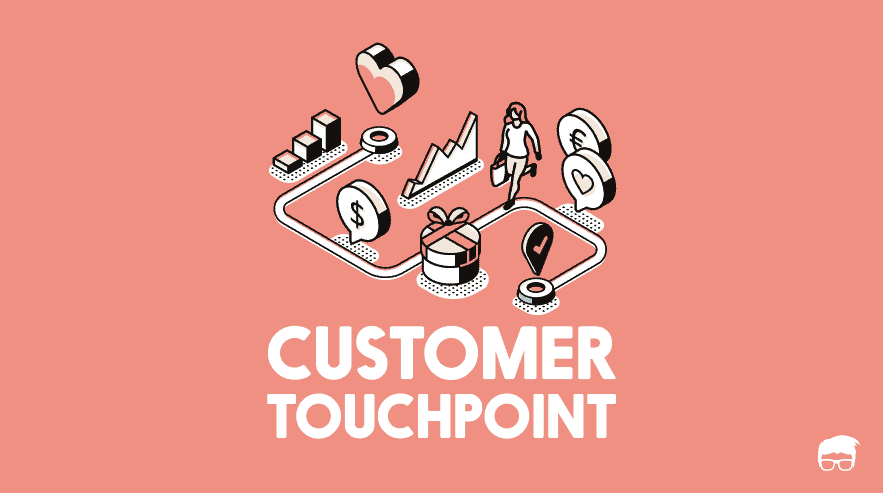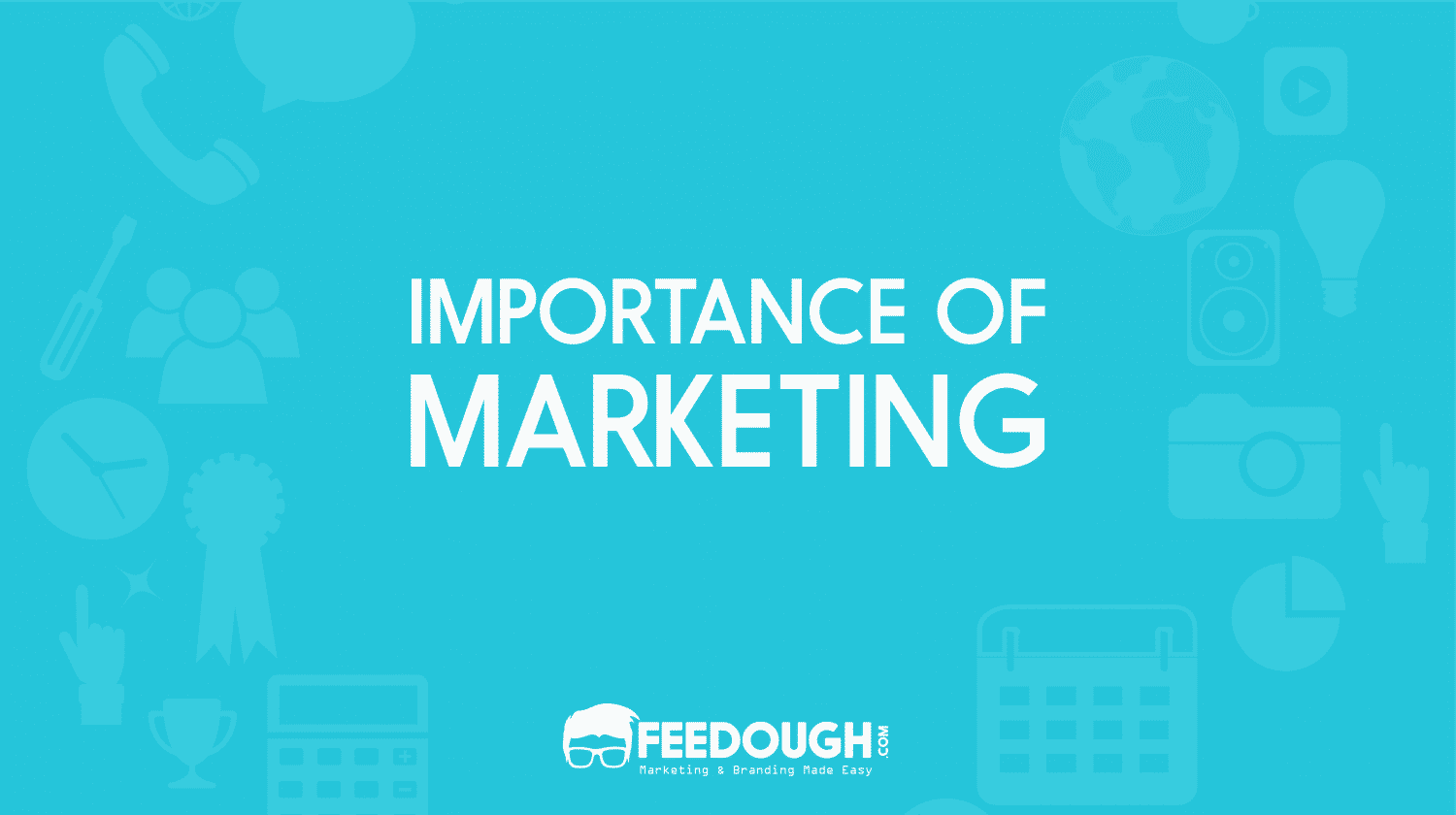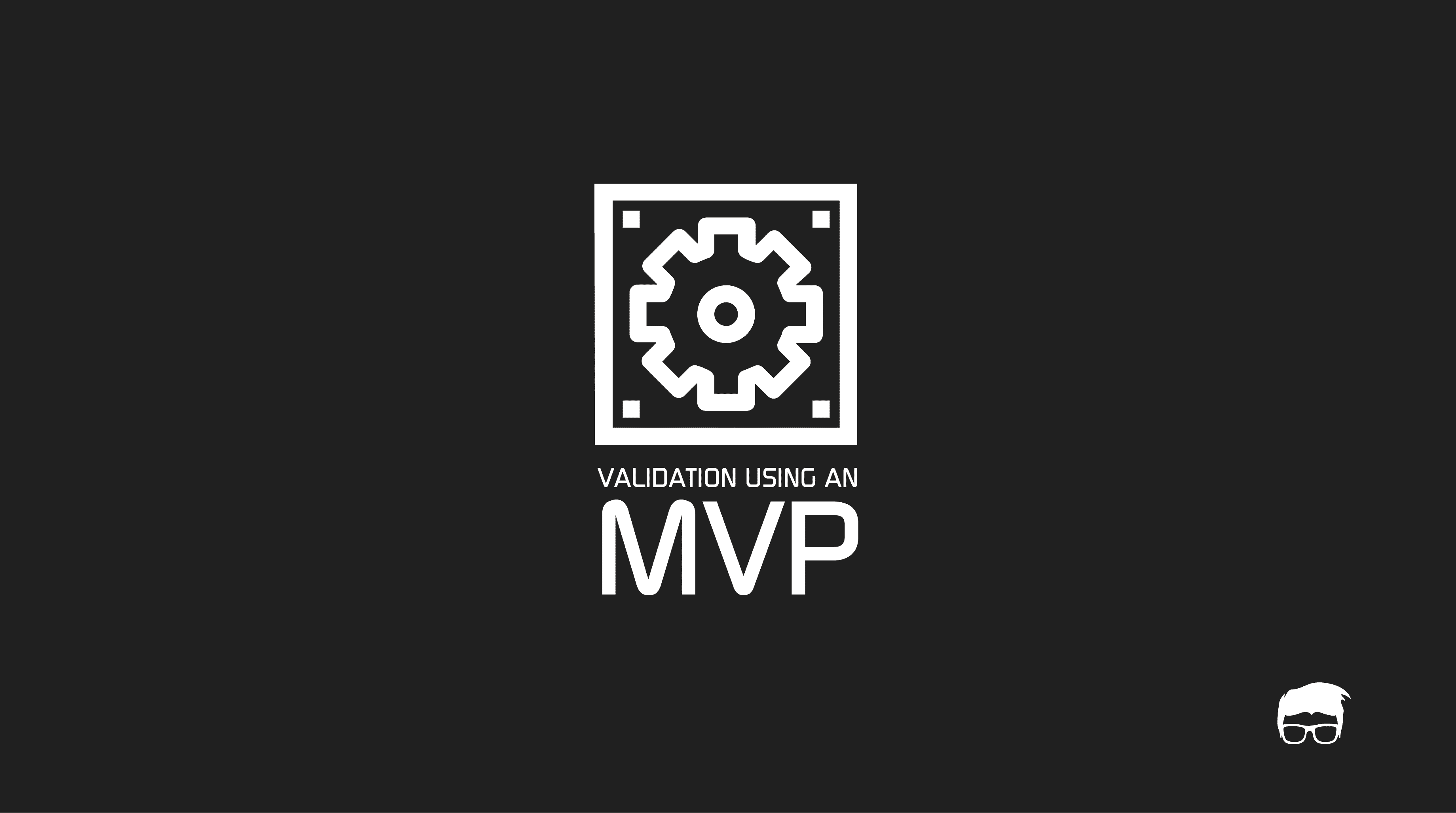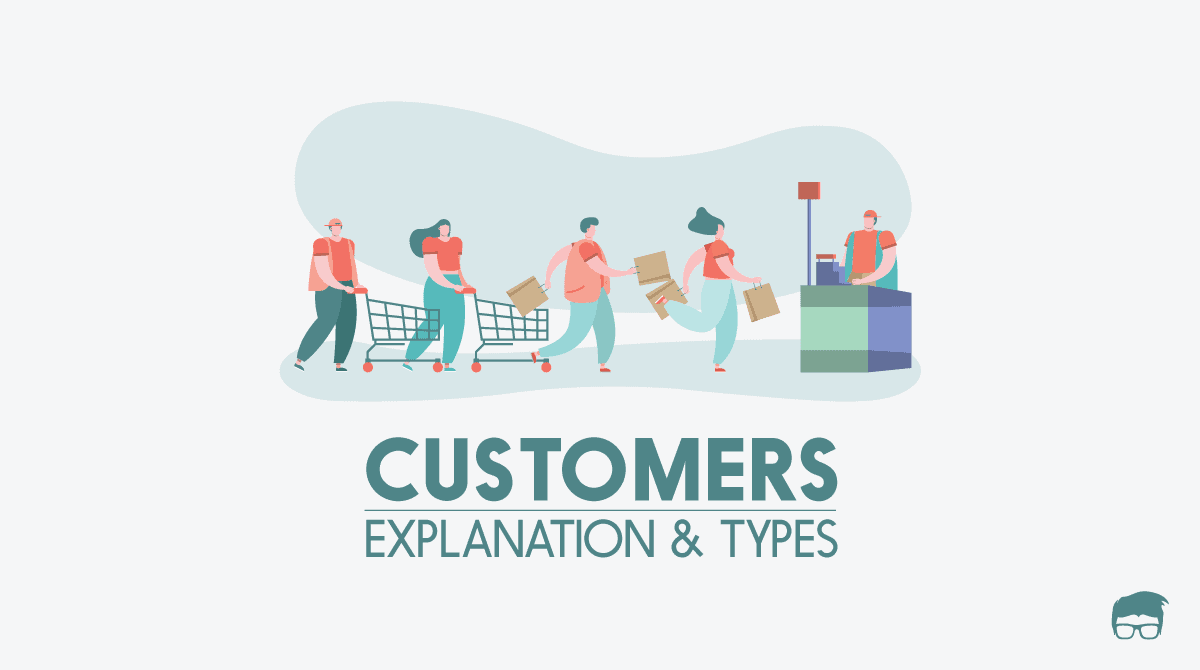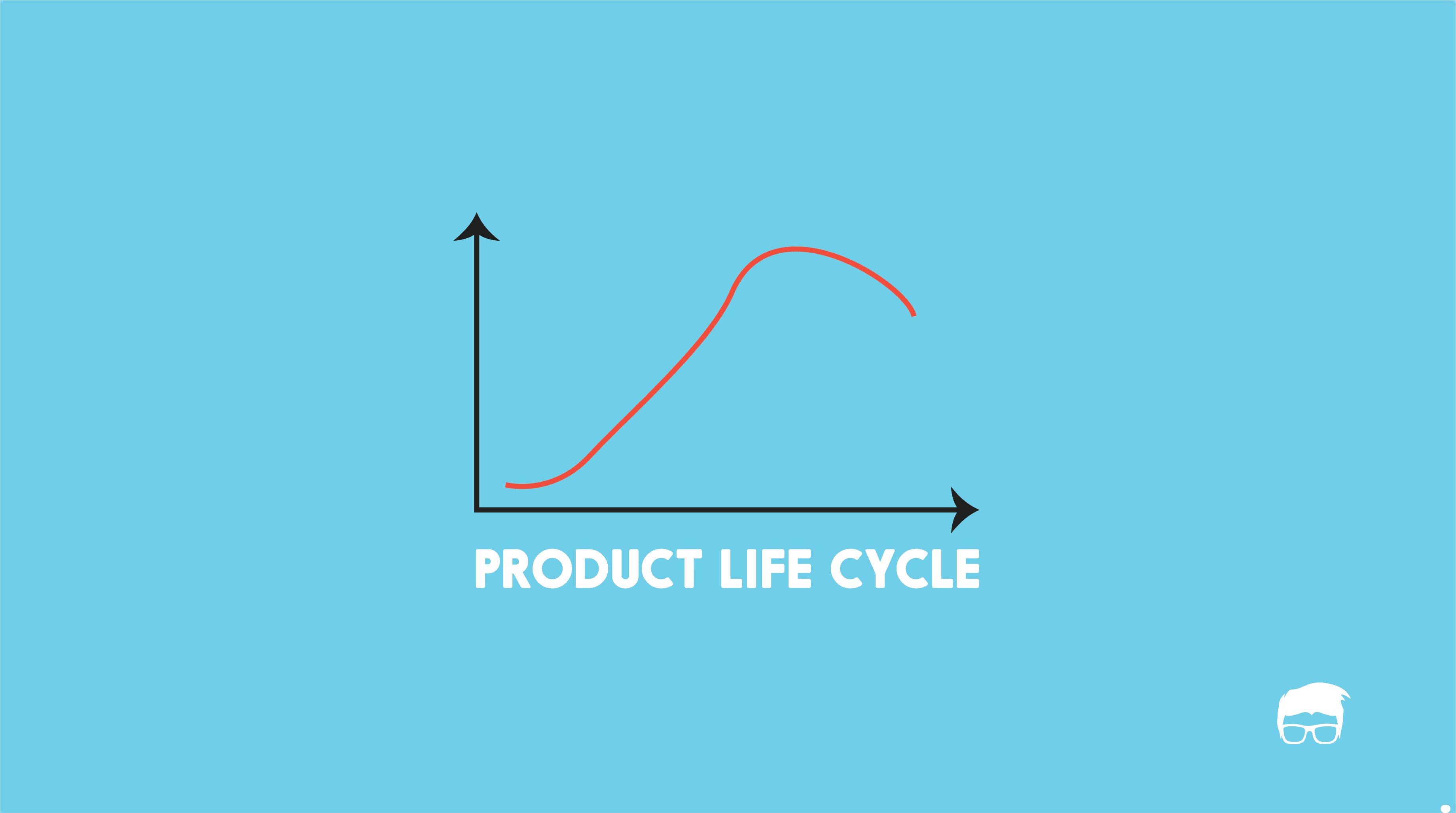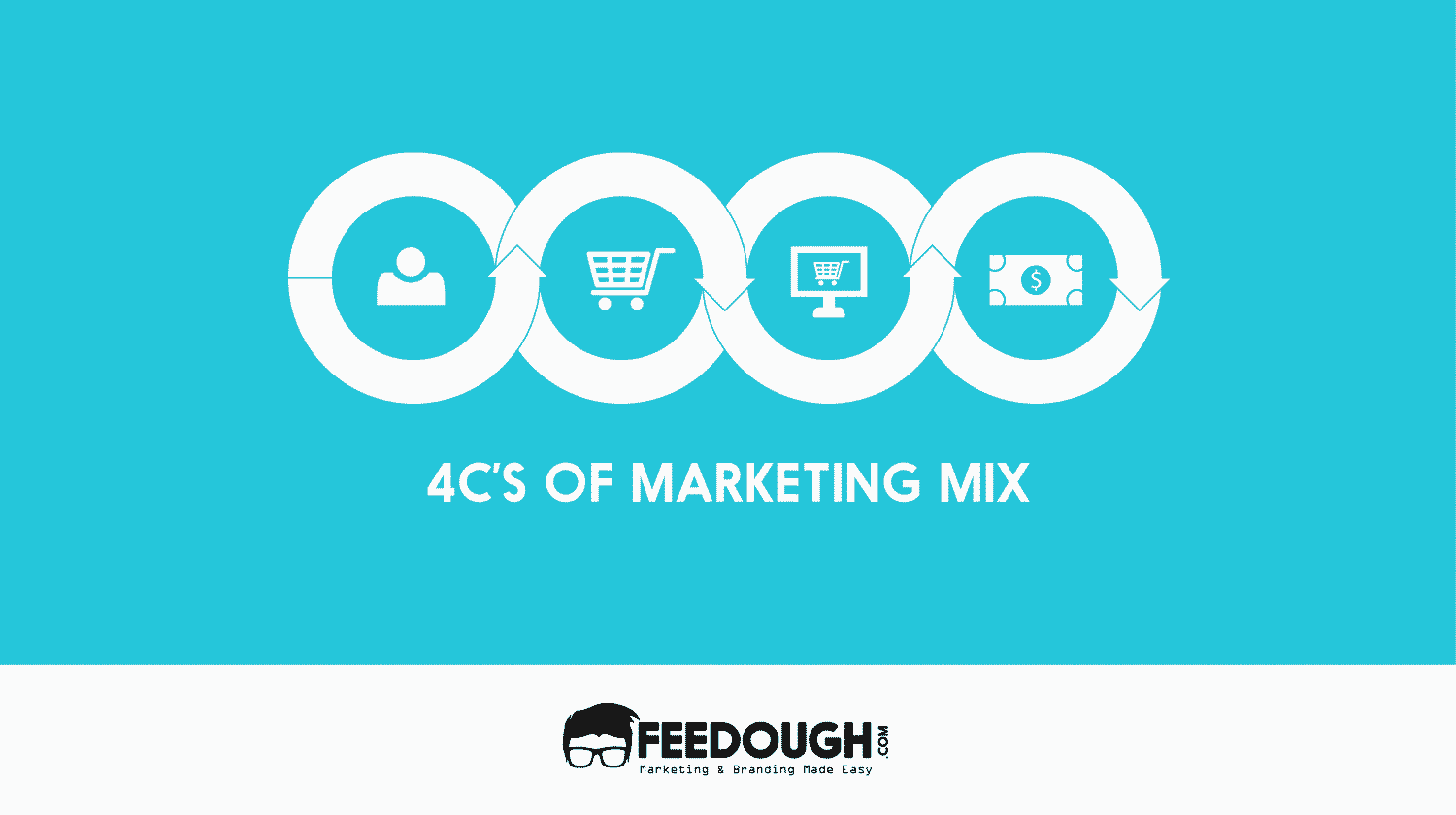The customer rules the market. He decides the fate of the product. The marketer today can’t really force anyone to buy his product. He can only play smart and formulate strategies which can generate awareness and spawn interest in the specified product in the minds of the prospective customers.
This has led to the development of an all-new concept – demand generation. Marketers now plan the whole funnel where they strategise the customer’s journey from when he gets aware of the brand till the point he becomes a customer (or a repeated one).
What Is Demand Generation?
Demand generation is a holistic approach to generating awareness, interest and eventually demand for an offering by strategising the communication across all the touch points in the buyer’s journey.
The process spans every department, which works in synergy to build awareness of the brand in the mind of the target customer, generate interest and strategise his journey from an anonymous consumer to a delighted customer.
Demand generation is a psychological concept where the marketer first understands the needs of the customer, dive deep into his customer journey and places his product smartly in all of the stages.
The increased frequency and smart product placements generate awareness and drive interest which eventually leads to liking, preference, conviction and then purchase.
A good demand generation strategy focuses on these seven stages of the buyer’s journey-
- Awareness
- Knowledge
- Liking
- Preference
- Conviction
- Purchase
- After Purchase
Importance Of Demand Generation
The market is full of generic products with little tweaks. Advertising is no more the only tool that can do the job of marketing alone. An average modern person is exposed to around 5,000 ads per day.
This is where demand generation comes in. Demand generation focuses on imbibing the mind of the customer with a certain product, so whenever he thinks of buying from that industry, he goes for that intended product.
This strategy works well today as the business tunes into every stage of the customer’s buying journey. By doing so, it not only gets to market its brand but also collects vital data, which helps the company to improve the product further.
Demand Generation Process
Demand generation is a never-ending process. It starts with identifying the buyer’s persona and goes on even after he has made a purchase.
It is planned in such a way that the consumer doesn’t realise that the company is influencing his decision-making process. The process makes use of both inbound and outbound marketing strategies like SEO, buzz marketing, lead generation, public relations, advertisements, and influencers and even includes referral marketing tactics to take the help of existing customers to influence their friends and family members’ decisions.
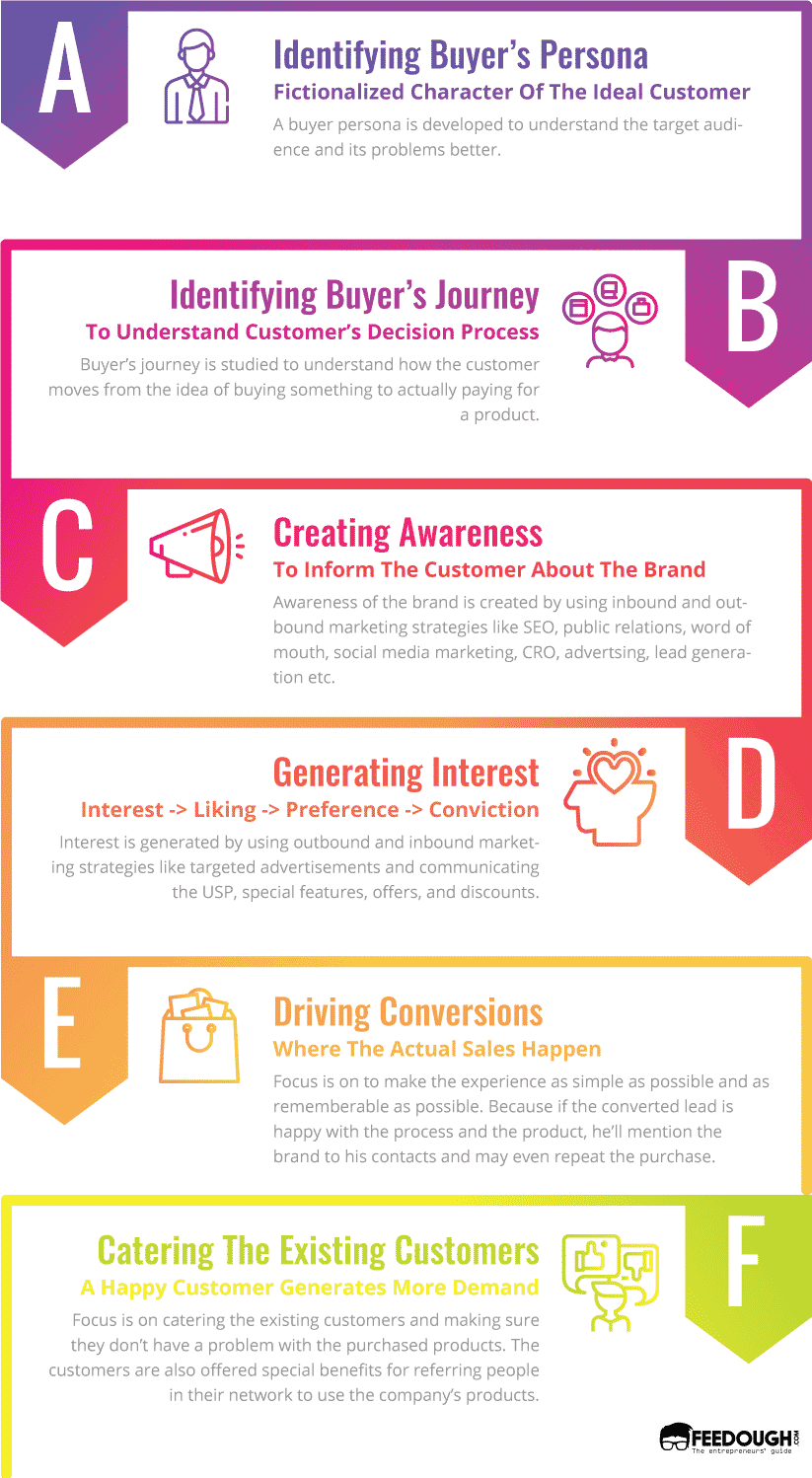
Identifying Buyer’s Persona
Demand generation starts with understanding who the target audience really is, what are its demographics, psychographics, behaviours, preferences, and problems. A buyer persona is developed to understand the target audience and its problems better.
Identifying Buyer’s Journey
Once the buyer persona is developed, the business then focuses on understanding how the customer moves from the idea of buying something to actually paying for a product. This is different for different niches, and the company has to conduct many surveys and monitor the activities of the target audience to get more insights into the buyer’s decision-making process.
Creating Awareness
After the company understands the buyer’s journey, it places its communication in all stages. The communication is designed according to the stage the customer is in. The awareness stage includes creating awareness of the brand by using inbound marketing strategies like SEO (when the user looks for niche-related information on the internet), public relations (news and other blogs), word of mouth, social media marketing, CRO etc.
Outbound marketing strategies like above-the-line advertisements, PPC, social media ads, and lead generation also play an important role in creating awareness of the brand. Companies try to collect as many leads as possible in the awareness stage.
Generating Interest
The company puts a special focus on when the customer reaches the interest stage of the journey. This is where he shortlists the brands he wants to buy from. Interest is generated by using outbound marketing strategies like targeted advertisements and communicating the USP, special features, offers, and discounts. Other than this, inbound marketing strategies like lead nourishment also play a vital role in this stage.
These strategies result in converting the interest into liking, liking into preference and preference into conviction which eventually leads to sales.
Driving Conversions
This stage involves making the experience as simple as possible and as memorable as possible. Because if the converted lead is happy with the process and the product, there are chances that he’ll mention the brand to his contacts and may even repeat the purchase.
Many companies insist users to share the brand to get more discounts. This not only delights the customers but also increases the awareness of the brand among the customer’s network.
Catering The Existing Customers
A happy customer generates more demand. This stage of the demand generation process involves catering for existing customers and making sure they don’t have a problem with the purchased products. The customers are also offered special benefits for referring people in their network to use the company’s products.
This works as a great mixture of referral and word-of-mouth marketing strategies.
Demand Generation vs. Lead Generation
Even though many people confuse demand generation to be the same as lead generation, both are significantly different aspects of marketing.
Lead generation is a part of the demand generation strategy, which focuses on the collection and nurturing of leads to get more conversions.
Demand generation, on the other hand, is a very broad marketing aspect which focuses on the buyer’s journey and includes both inbound and outbound marketing strategies to generate demand by creating awareness, generating interest, and driving more sales.
A startup consultant, digital marketer, traveller, and philomath. Aashish has worked with over 20 startups and successfully helped them ideate, raise money, and succeed. When not working, he can be found hiking, camping, and stargazing.
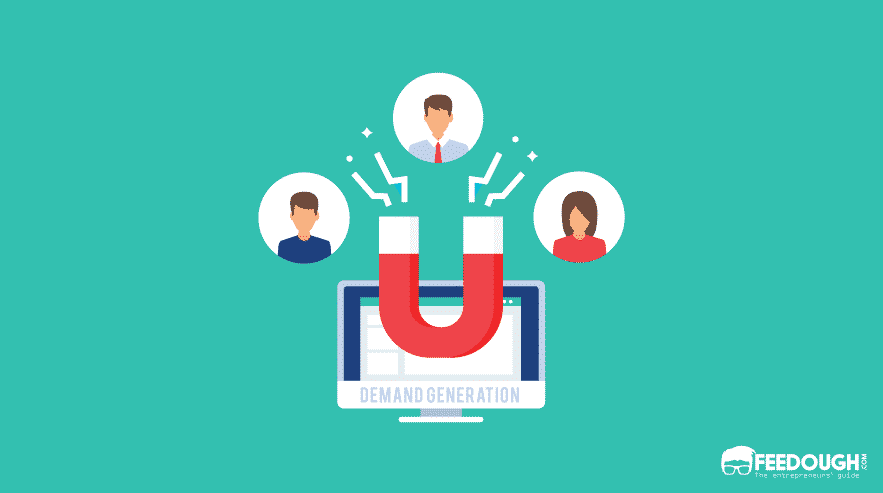
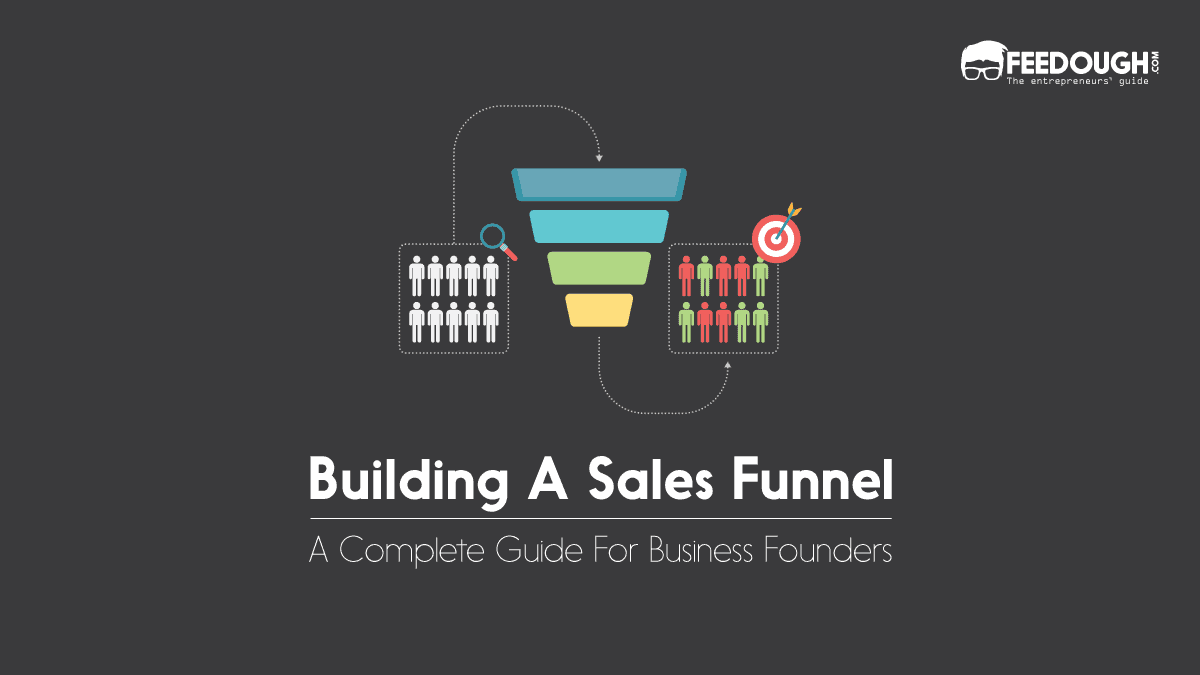
![Go-To-Market Strategy [The Ultimate Guide] go-to-market strategy](https://www.feedough.com/wp-content/uploads/2019/10/go-to-market-strategy.webp)
